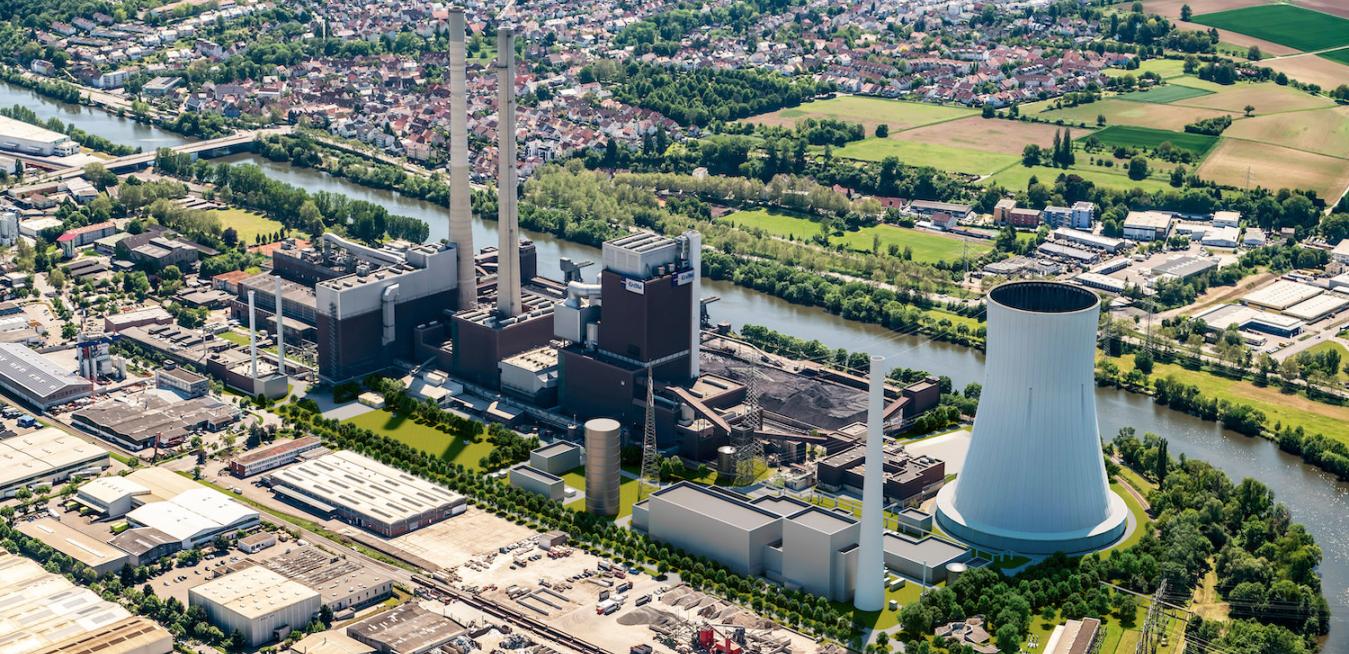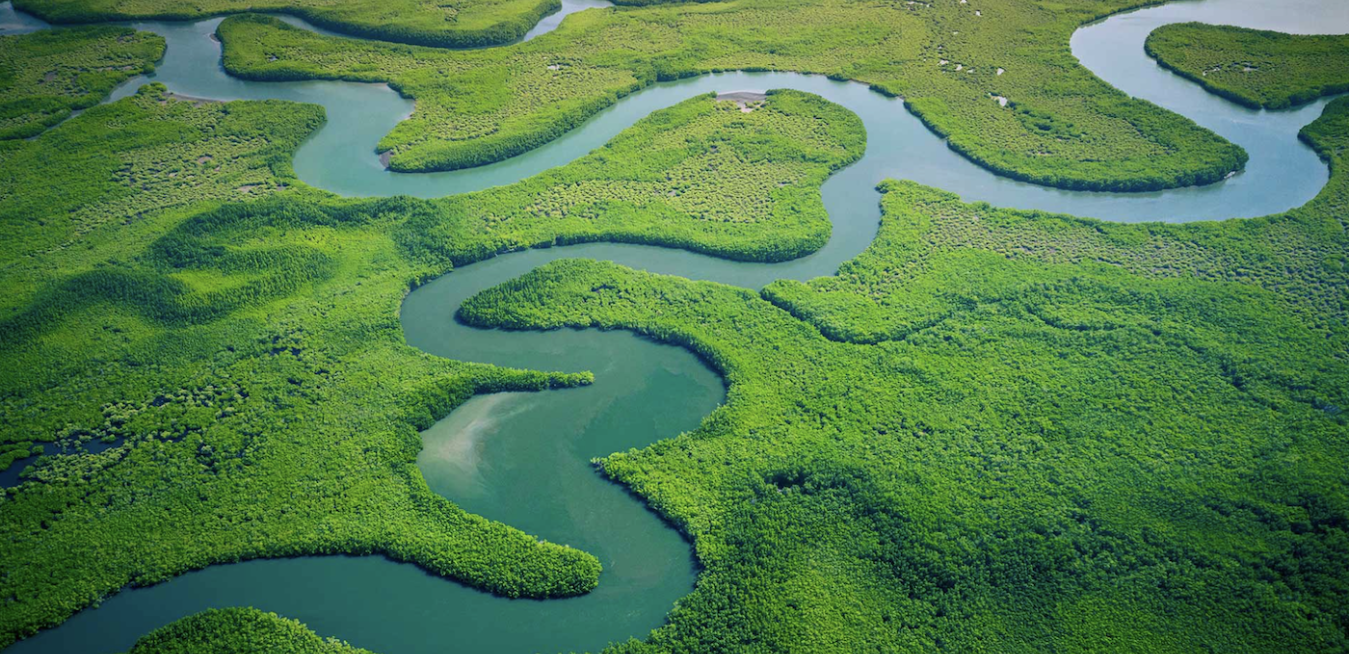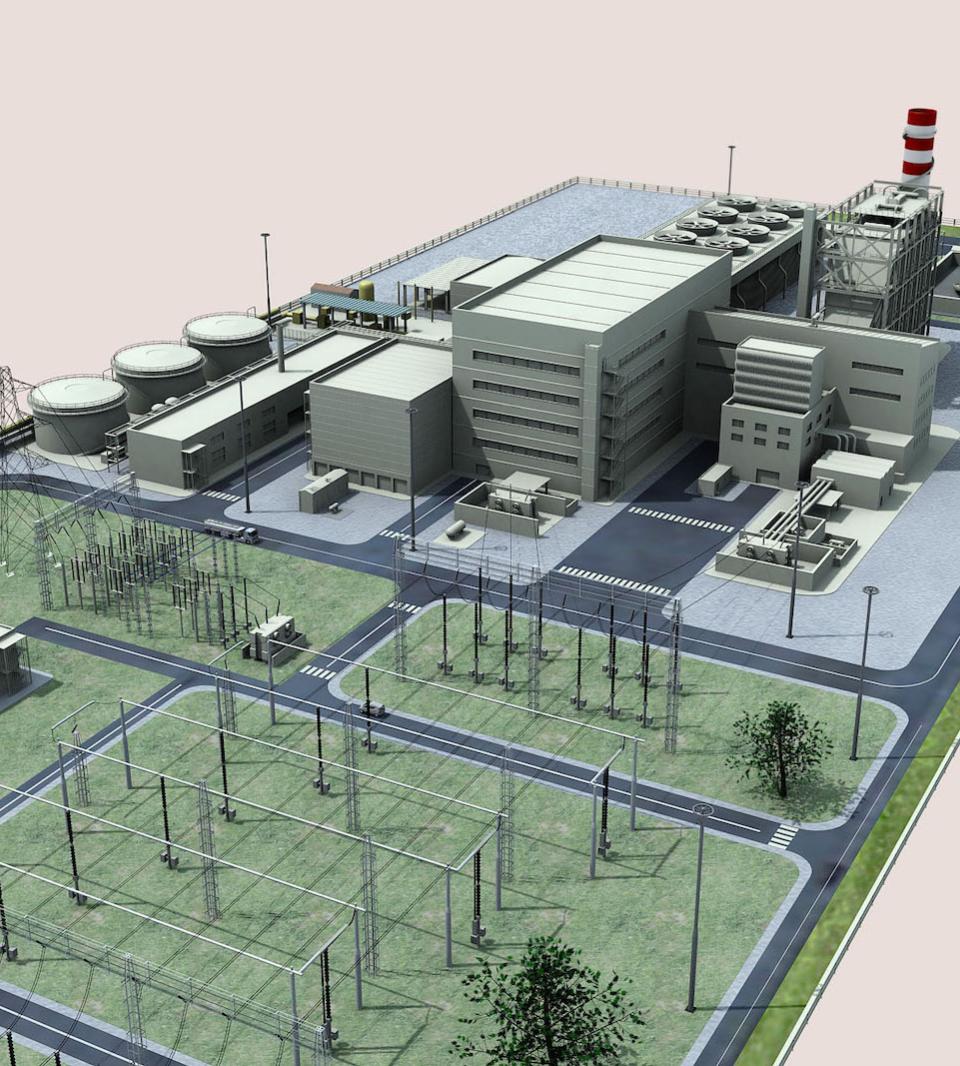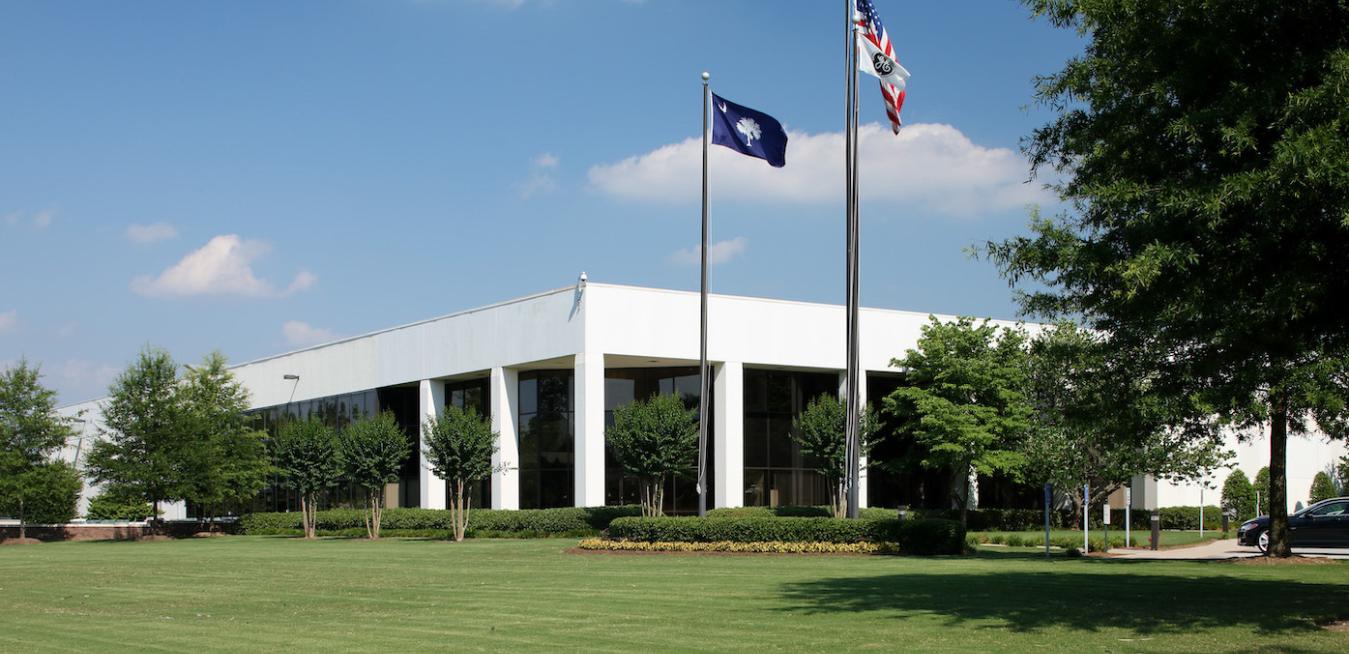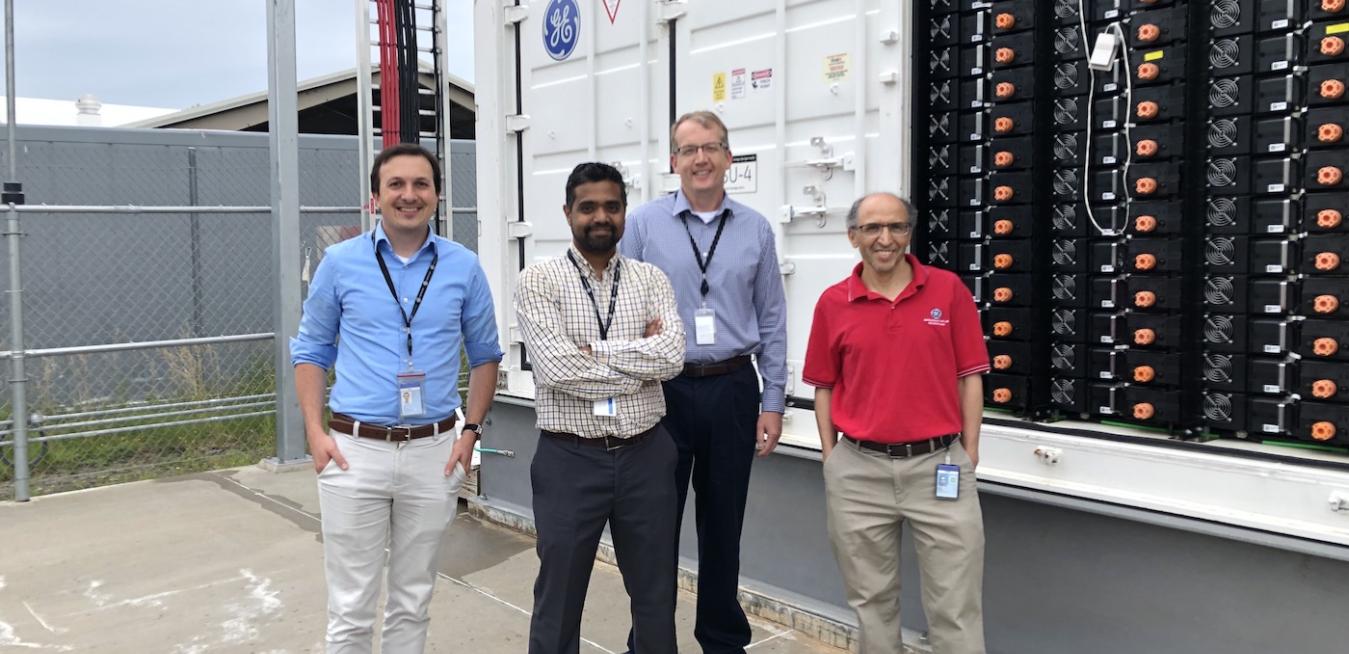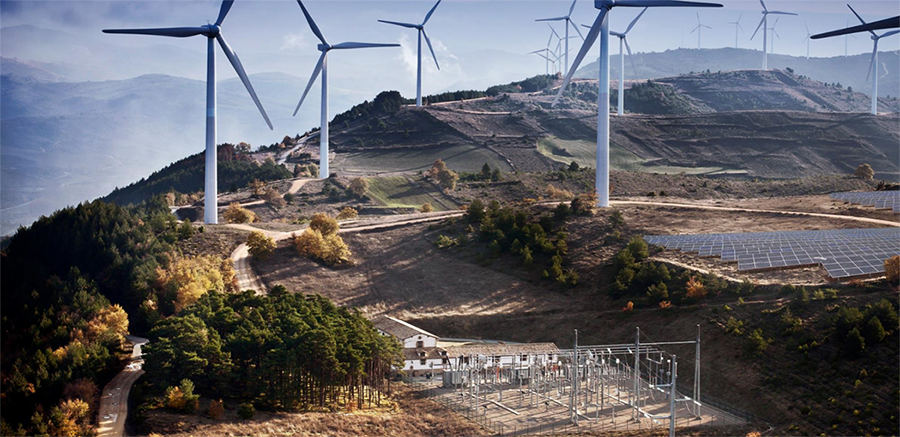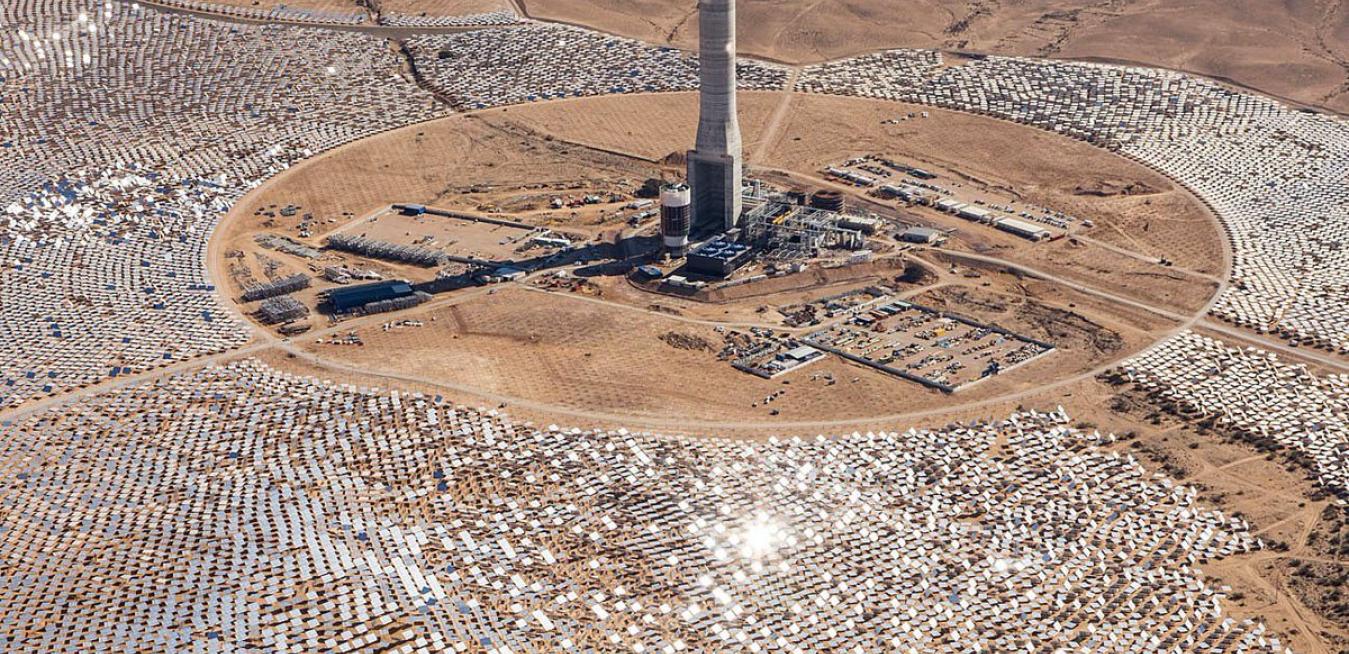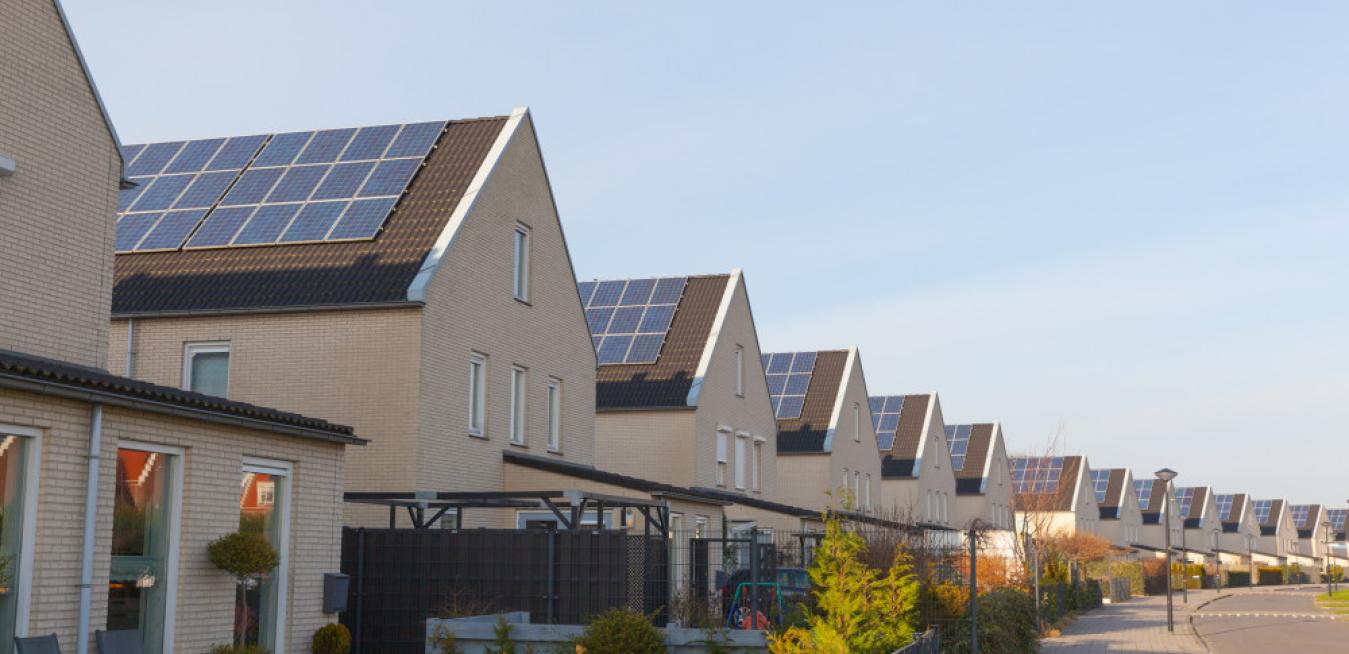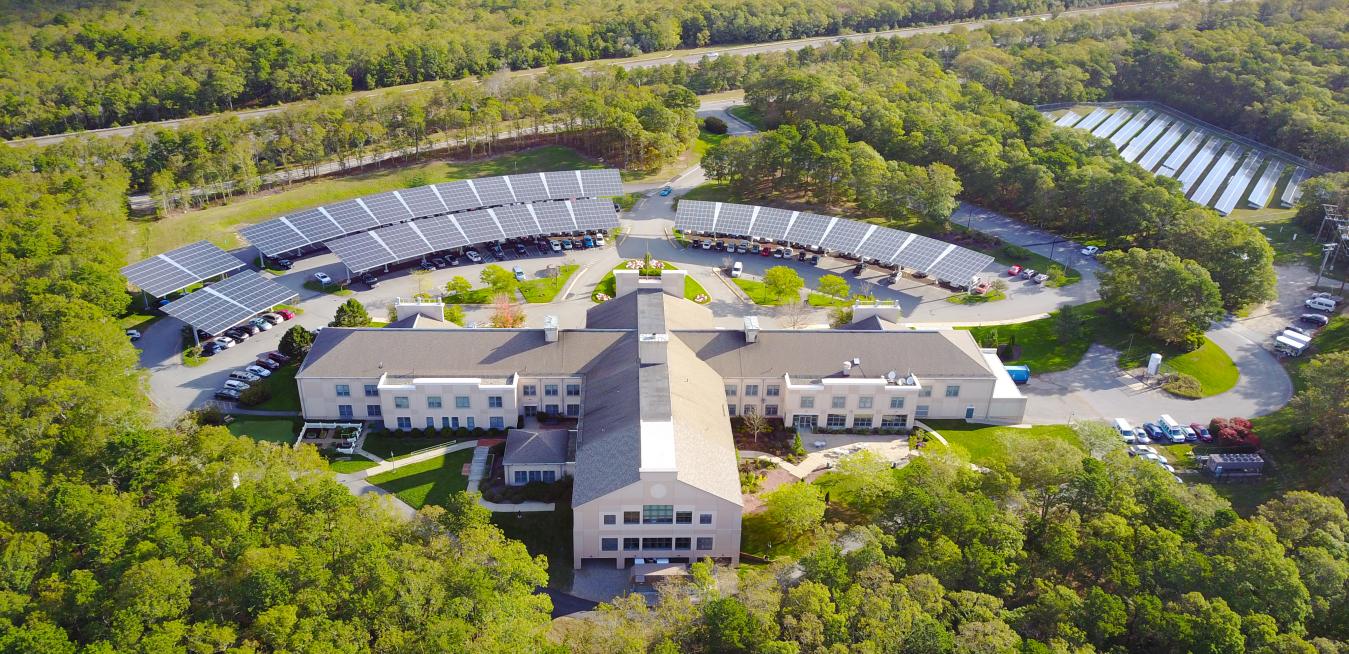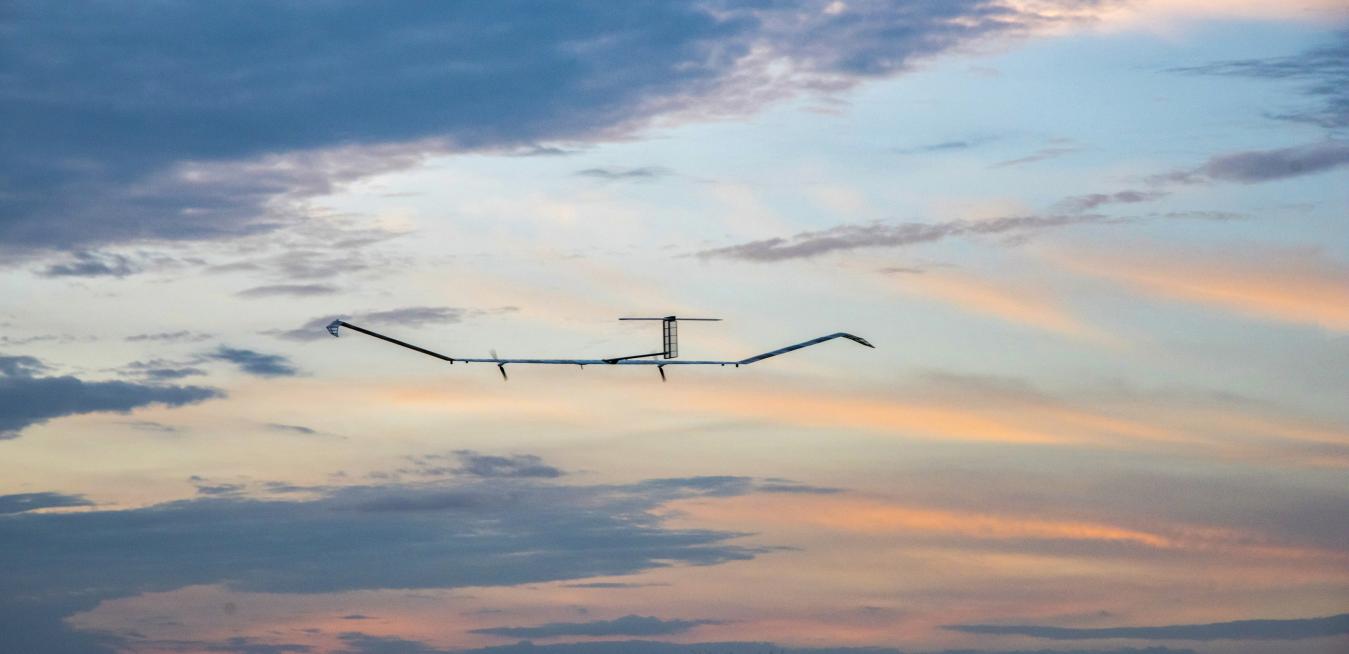It was in the southwestern German city of Stuttgart in the 1880s that Karl Benz devised what is considered the first automobile, the Benz Patent-Motorwagen No. 1. Today Stuttgart serves as the headquarters of automakers like Mercedes-Benz and Porsche, making the city synonymous with speed. So it’s fitting that Stuttgart is now one of the sites where the country is racing ahead of the pack in one of the 21st century’s biggest industrial challenges.
About three years from now, some 80 miles off the coast of Yorkshire, England, the world’s biggest wind farm is scheduled to begin operation. The facility, called Dogger Bank — which will be powered by GE Vernova’s Haliade-X 14-megawatt (MW) wind turbines — is expected to generate 3.6 gigawatts (GW) of electricity, an amount equivalent to that needed to power 6 million homes in the U.K.
In the ongoing effort to reduce emissions, retire coal, and support the growth of renewables, countries around the world continue to choose high-efficiency natural gas to complement renewables and smooth the path to lower emissions. Take Greece, for example, a country that’s impressively built out wind and solar in recent years but still uses a good deal of coal and even oil in power generation.
Wind and solar have grown so fast in the past decade that they now generate more electricity globally than nuclear power. But all that clean energy needs a support structure to balance out the hours when the wind doesn’t spin the blades and the sun turns down for the night. One way to support wind and solar growth is through simple-cycle natural gas turbines. Smaller, mobile, and modular, these turbines — often referred to as “aeroderivative” because they are derived from jet engine technology — don’t need to be housed in traditional stationary natural gas plants.
The weather playing havoc with summer travel schedules is something we have been getting used to for a while. It has also been affecting the way we live and challenging notions we have taken for granted — like the reliable supply of electricity. Now, suppose businesses and neighborhoods had their own small power plants that would leave them less exposed to the whims of nature and less dependent on the grid.
It’s A Bird. It’s A Plane. It’s A Supermaterial!
